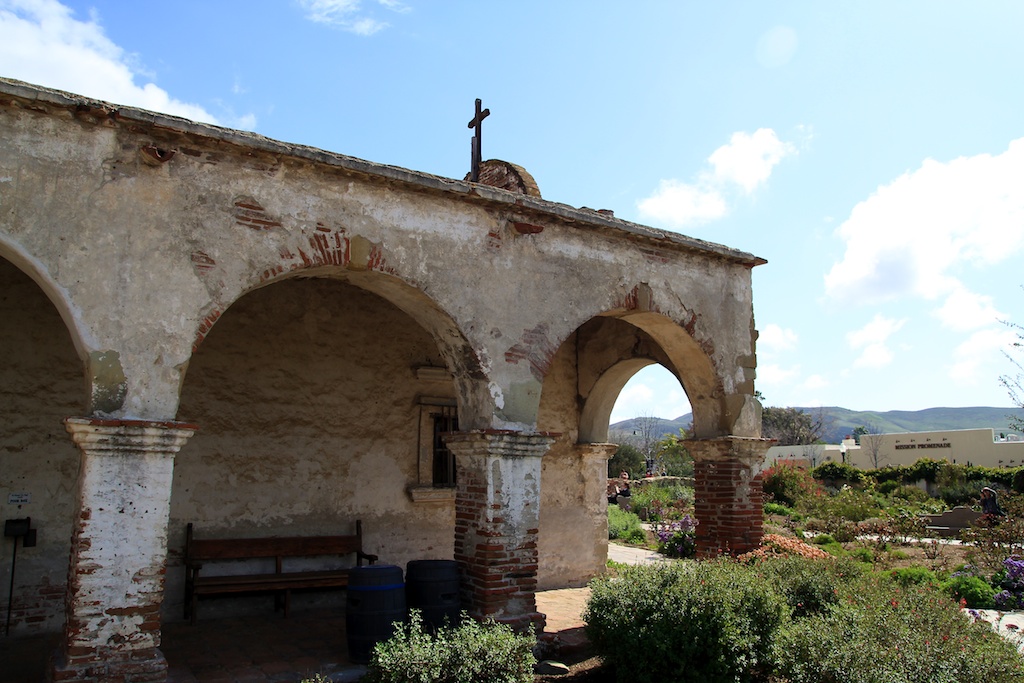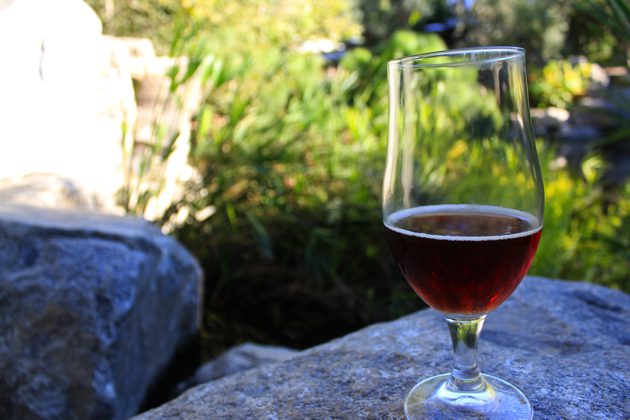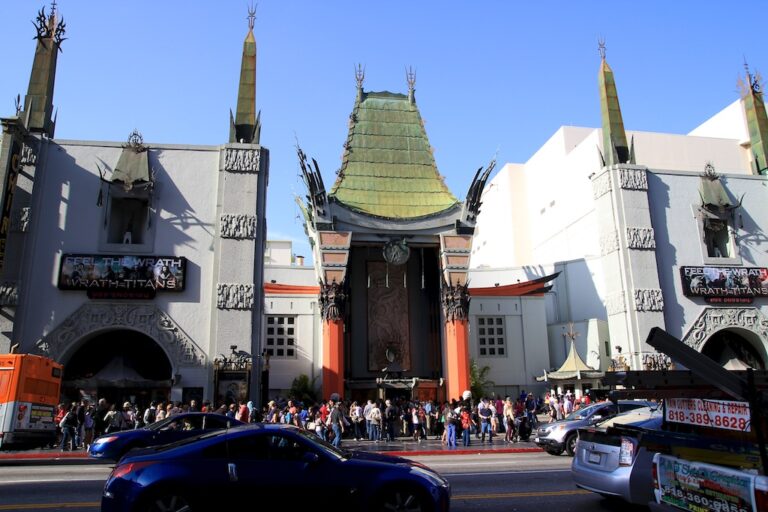Exploring Mission San Juan Capistrano: A Photographic Guide
While growing up in Southern California, I must have been sick during the school trip that takes you to this mission, as everyone that I have talked to has been here other than me. Since that was the case, I decided to make a full day out of it and to see the Mission San Juan Capistrano after hitting Slaters 50/50 and 1000 Steps Beach. I am glad that I made my way here as it has a lot of history, and it is a beautiful area full of wildflowers, swallow nests and a sprawling, ornate cathedral, pretty much everything you would want out of a 10 dollar museum (as of 2014). So check it out for yourself if you haven’t gone, and continue reading for all the information.
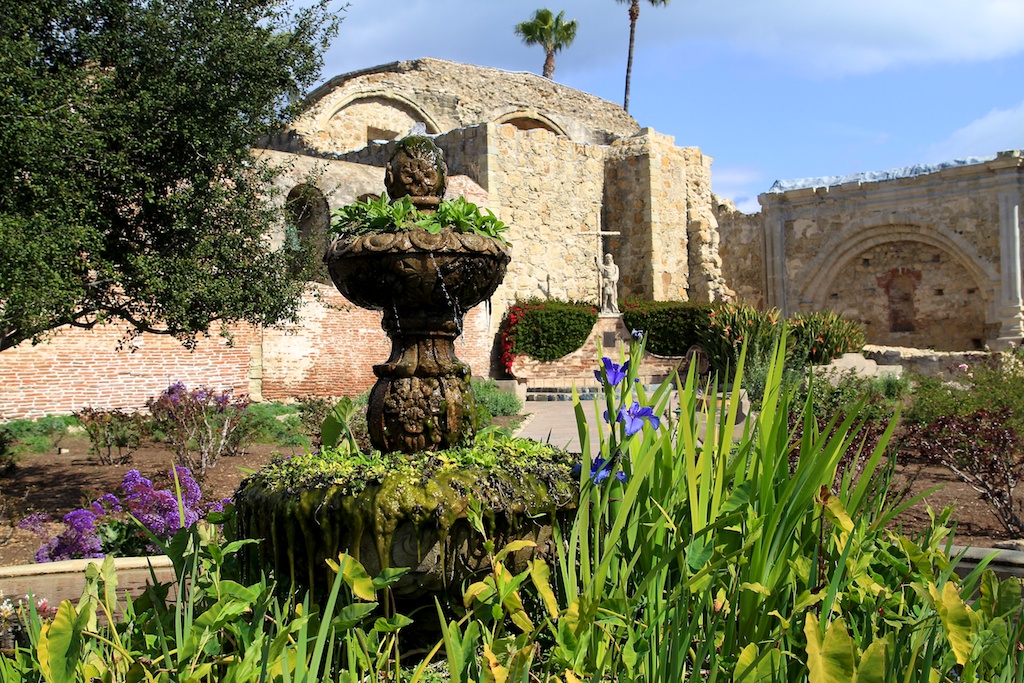
Getting There & Parking
Mission San Juan Capistrano is located off the 5 Freeway about 25 minutes south of Irvine. It is right off the freeway, which makes it easy to get to and a very accessible location for any traveler. Parking was a little more complicated though, when I went on Sunday afternoon pretty much all street parking and the overflow lots were full. I drove around for about 10 minutes before I saw someone leaving and was able to secure a spot in the lot next to the mission. Be prepared to hunt for parking if you come during the weekend or during the busy times when the swallows are back.
History
“Mission San Juan Capistrano was a Spanish mission in Southern California, located in present-day San Juan Capistrano. It was founded on All Saints Day November 1, 1776, by Spanish Catholics of the Franciscan Order. Named for Giovanni da Capistrano, a 15th century theologian and “warrior priest” who resided in the Abruzzo region of Italy, San Juan Capistrano has the distinction of being home to the oldest building in California still in use, a chapel built in 1782; known alternately as “Serra’s Chapel” and “Father Serra’s Church,” it is the only extant structure where it has been documented that the padre Junipero Serra celebrated mass. One of the best known of the Alta California missions, the site was originally consecrated on October 30, 1775, by Father Fermín Lasuén, but was quickly abandoned due to unrest among the indigenous population in San Diego. The prestigious World Monuments Fund placed “The Great Stone Church” on its List of 100 Most Endangered Sites in 2002. The most recent series of seismic retrofits at the Mission were completed at the cost of $7.5 million in 2004. About half a million visitors, including 80,000 school children, come to the Mission each year.”
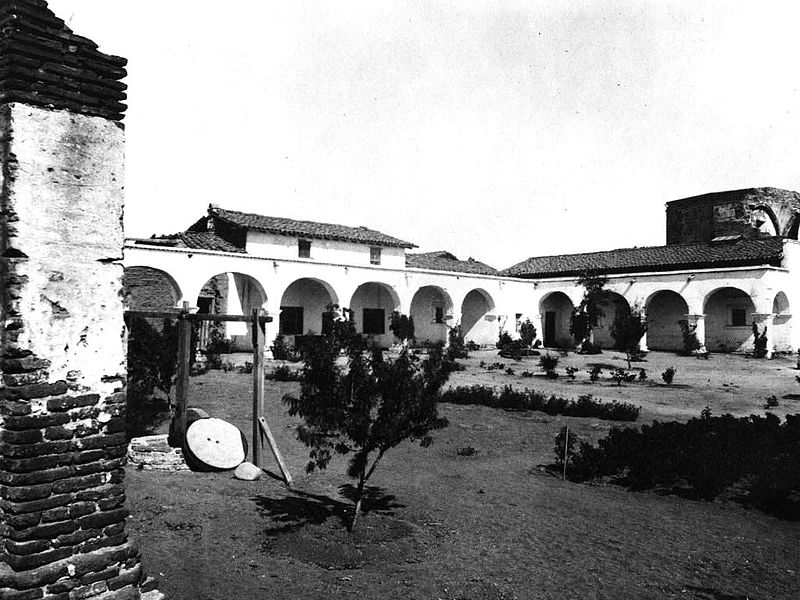
The Mission Now
For the last couple of decades, the mission has been welcoming visitors of all ages to wander its ground and relive pieces of history. When you enter the mission, you are provided with an audio tour that you can take with you to listen to various parts of history as you walk through the vast grounds. There is a lot to see here, and if you are a history buff, I would consider setting aside a half-day for your trip. For me, I simply walked around to everything that I could see but was especially smitten with the wildflowers that were popping up all over the mission.
The Great Stone Church
Right when you enter, you will immediately notice the most historic part of the mission, the remains of the great stone church. This area has been maintained for over two centuries, and even in its crumbling condition is an impressive view of America’s past. I spent a good amount of time just wandering around the area and envisioning what it would have been like when it was in its prime.
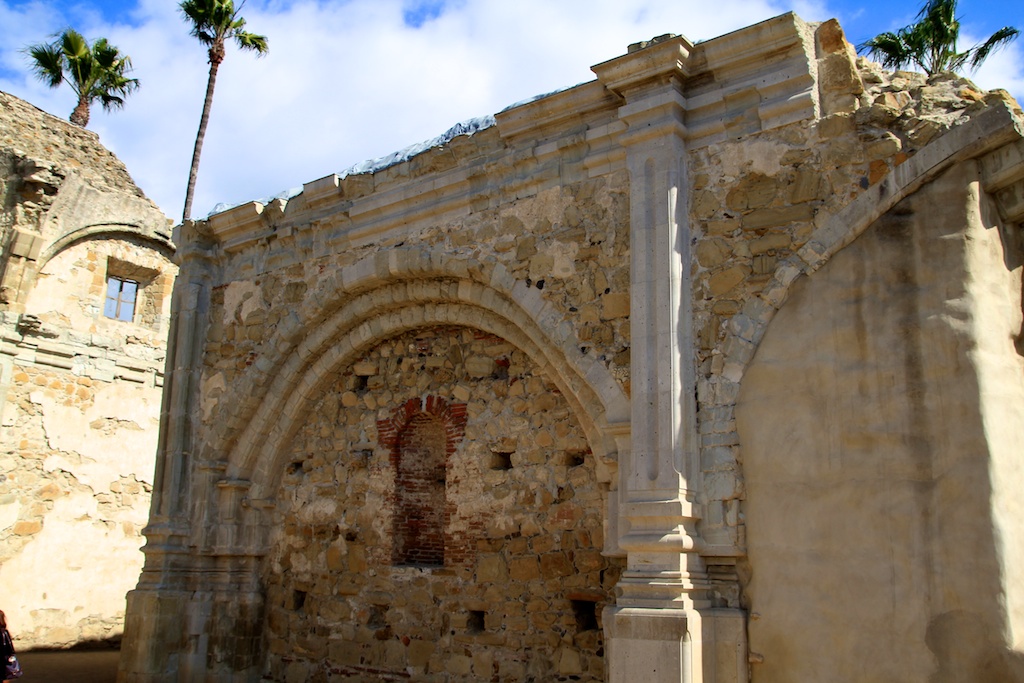

The Cemetery
From there, the path takes you around the corner to the cemetery, which is another unique area. My favorite part to see here was the little monk statue that seemed to be guarding the entrance to this area and to see how old the graves were that had been maintained here.
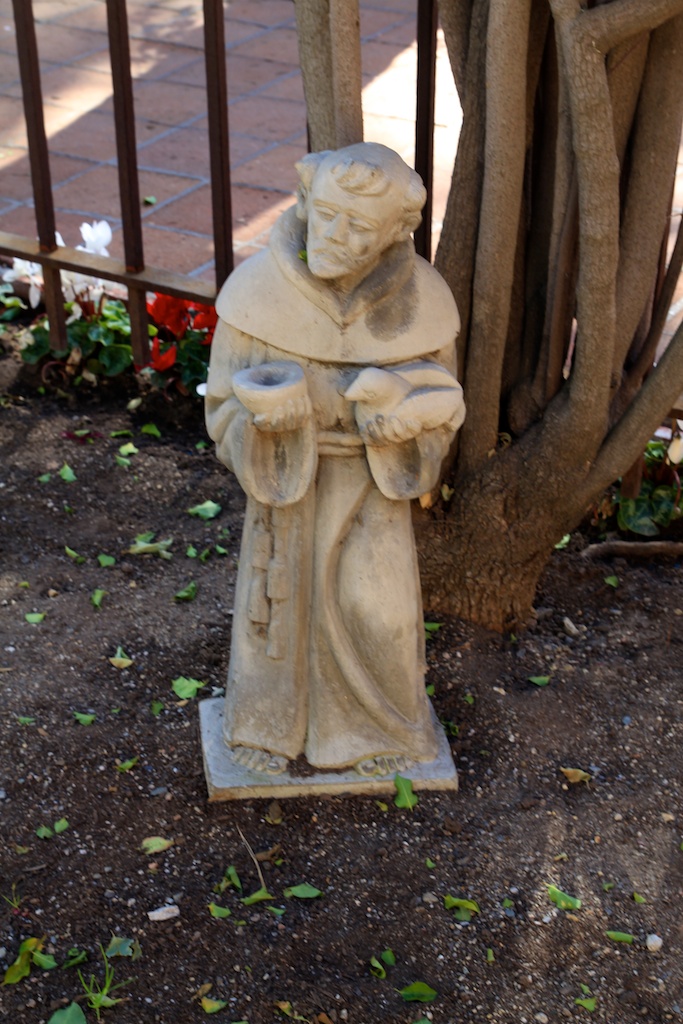
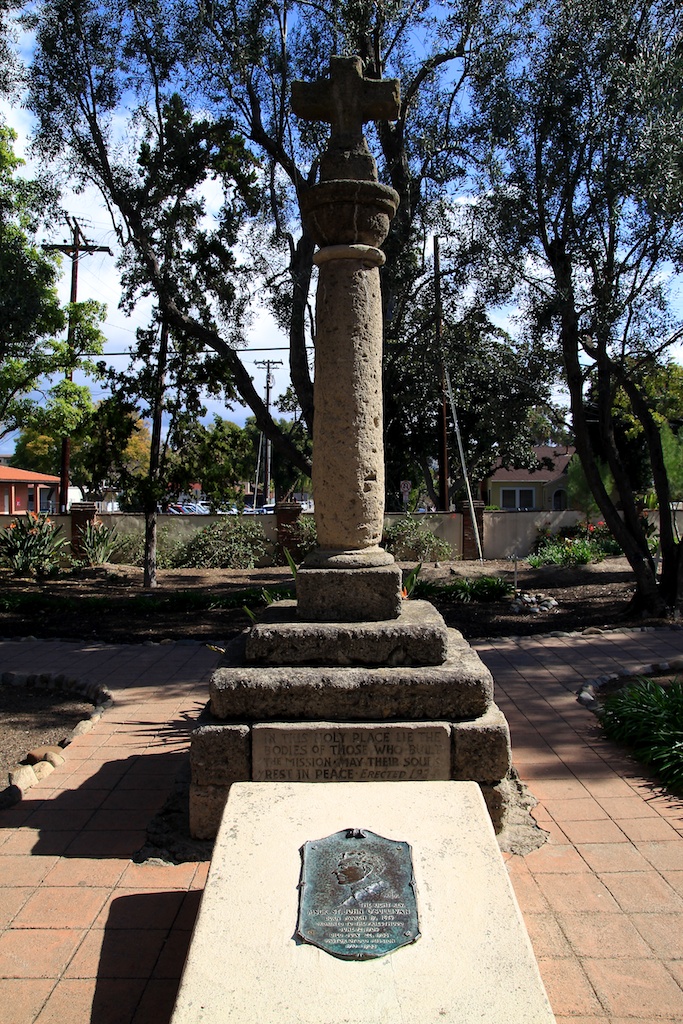
The Cathedral
Of all that I saw in my time at Mission San Juan Capistrano, I was the least prepared for how lavish the Cathedral was. It seemed to be dripping in gold and had amazing craftsmanship that looked like it would have taken years to put together.
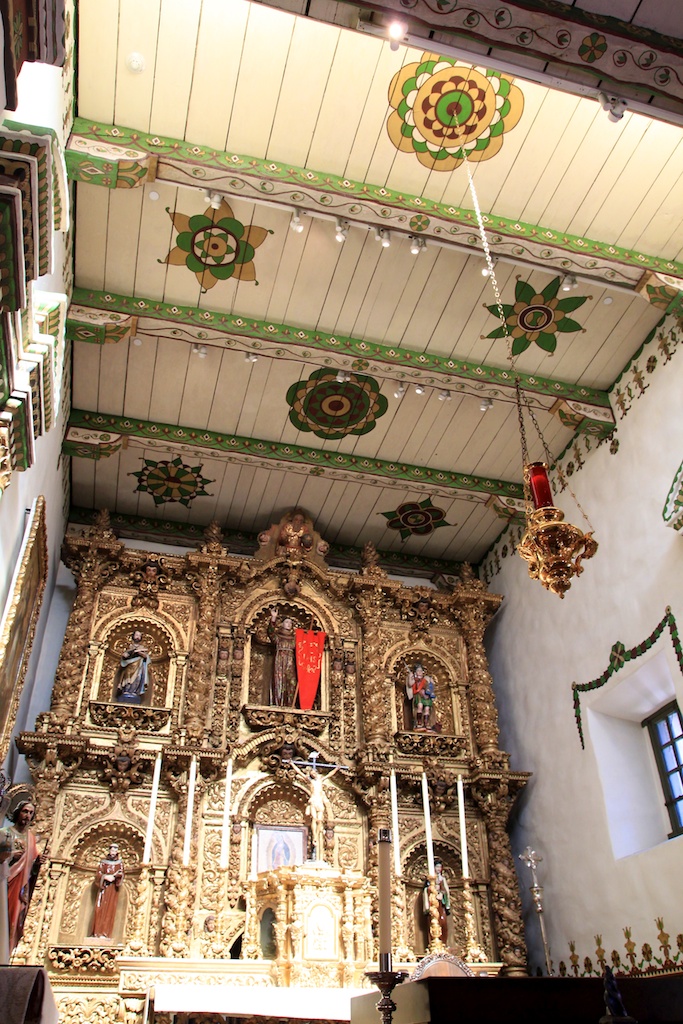
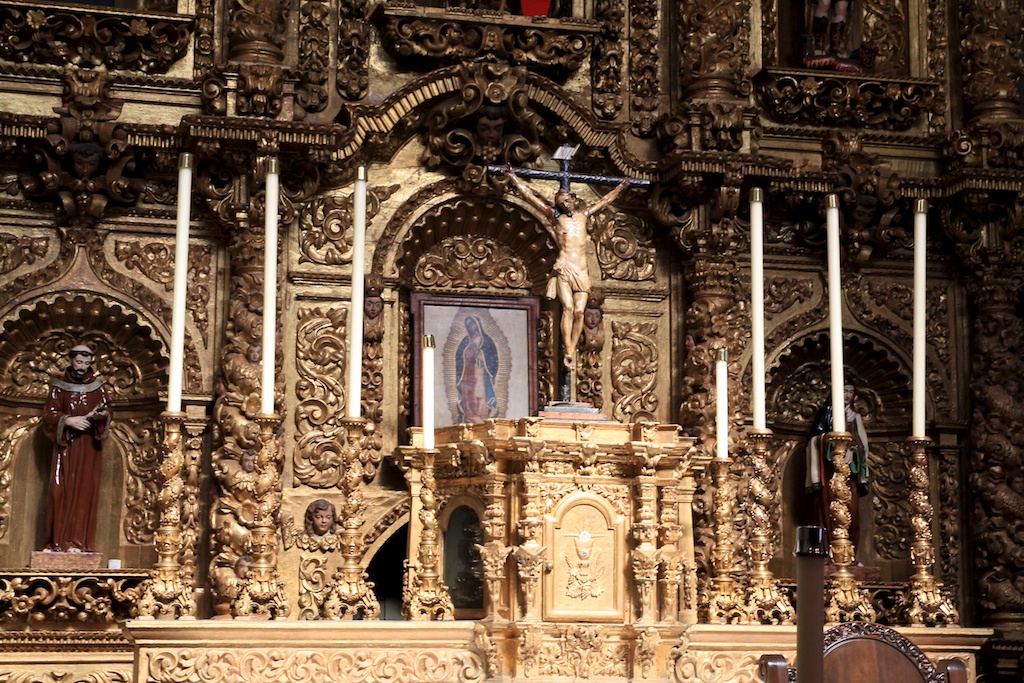
The cathedral itself appeared as if it could hold around 200 people and was a lot bigger than I imagined. It is a place you need to see as it is hard to capture everything in photographs. You can see the below photo is taken from the entrance, and the cathedral extends a good way before you get to the pulpit.

The Gardens
The last place I visited during my time at Mission San Juan Capistrano was the gardens. They are beautiful and have an extensive collection of different plant life. From flowers to cacti and even some vegetable plants, the mission is overrun with the beauty of the vegetation that climbs every old broken wall. I was mainly a fan of the fountain right in the middle of the central area that had all sorts of plant life growing on it along with Koi swimming in the water.


It’s hard not to get artistic with all of the beautiful places to take photographs here.

I saw the swallows nest as well, but unfortunately, it is not the time of year for the swallows to be here.
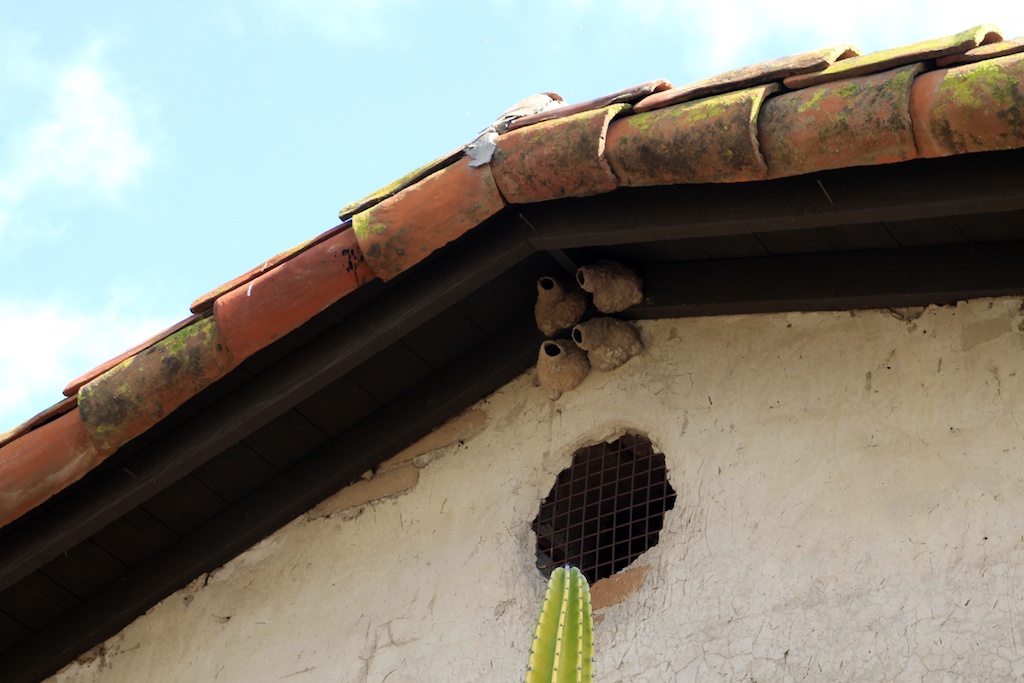
There is also a lot of cool vintage bells at the mission, but there are so many different things that I probably didn’t even see that I think this area warrants another trip sometime in the future.
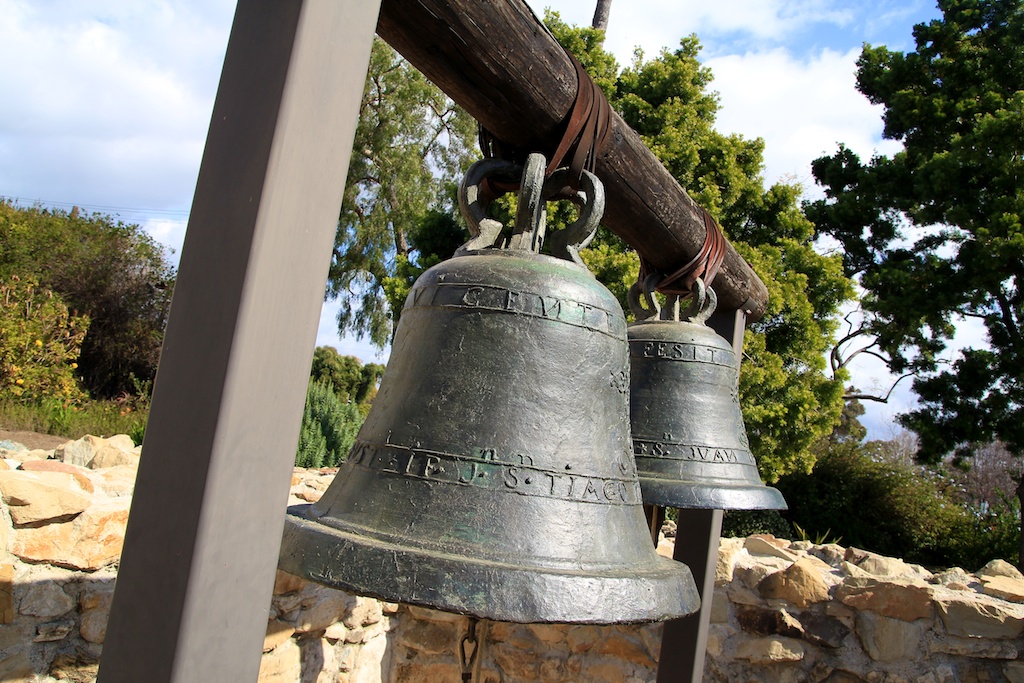
I loved my time at the Mission San Juan Capistrano, and I highly recommend you add it to your list if you haven’t been there. If you are interested in visiting all the California missions, check out this post for my full guide.
Video
https://www.youtube.com/watch?v=zSBndldl-RA

